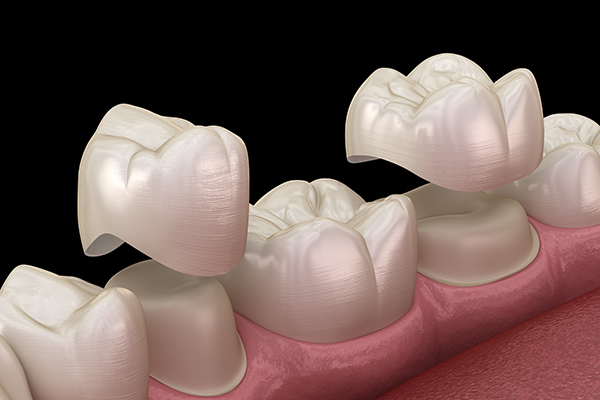 General dentistry offers many benefits to patients of all ages. Your dentist has the knowledge and training to diagnose various conditions as well as treat and prevent oral health concerns. Common problems include tooth decay and gum disease. Damage to teeth can also occur either from accidents and injuries or from poor oral hygiene. The good news is that your dentist can restore your smile by placing a crown over the affected tooth.
General dentistry offers many benefits to patients of all ages. Your dentist has the knowledge and training to diagnose various conditions as well as treat and prevent oral health concerns. Common problems include tooth decay and gum disease. Damage to teeth can also occur either from accidents and injuries or from poor oral hygiene. The good news is that your dentist can restore your smile by placing a crown over the affected tooth.
Proper tooth care and how it can preserve a smile
To avoid fractures, chips, and cracks in teeth, patients can attend to good daily habits. Brushing at least twice a day with fluoride-based toothpaste will strengthen teeth. Daily flossing will also prevent the buildup of plaque and tartar. Even the most thorough brushing and flossing will not also keep a person from damaging their teeth. When playing sports or participating in similar activities, people should wear the proper protection.
A description of crowns and how they work
A crown is a device that fits over the tooth, restoring its function and appearance. Usually made of ceramic or porcelain, crowns protect teeth from further damage. A crown stabilizes a weak tooth. By using a crown, the dentist can cover cosmetic blemishes to improve the patient’s otherwise embarrassing smile.
Preparation
Before getting a crown at a general dentistry office, the dentist will take X-rays and make impressions. A technician will take these and craft the crown to fit the patient’s tooth in shape and size. For same-day crowns, the dentist will take 3D images and send the information to a computer. Then a milling unit will make the crown out of a ceramic block.
Placing the crown
Once the crown is ready, the patient returns to the general dentistry office. This may be a few weeks after the previous appointment. The dentist will numb the patient and then reshape the tooth so that the crown fits well. The dentist will paint the crown the right color and then place it over the tooth, bonding it with dental cement. Using light or heat, the dentist cures it, so the cement hardens quickly.
Taking care of the crown
A crown can last up to 10 years if the patient takes good care of it. The patient should brush and floss regularly to keep the gums healthy and prevent decay from getting into the tooth underneath. The dentist will look at the crown at each checkup to ensure that it is holding up and protecting the affected tooth.
It will also help to limit eating certain foods. Biting into apples, hard foods such as candy and ice, and chewy foods such as bread and meat can pull out or break the crown. If the patient damages or loses the crown, they should inform the general dentistry office right away. The dentist might be able to put it back in or may have to replace it.
General dentistry can offer a viable option for tooth repair
Damaging a tooth can be a cosmetic concern. It can also affect your health. You can take comfort to know that you can get the right treatment at a general dentistry office. Your dentist can restore your smile with a long-lasting crown.
Request an appointment or call Visalia Care Dental at 559-975-1213 for an appointment in our Visalia office.
Related Posts
Seeing a general dentist for regular checkups should be part of your dental care routine. This dental professional can help maintain and even improve your teeth and gum health. Asking the right questions can help you know more about proper oral care. Below are some of the questions you can ask your general dentist during…
General dentistry practitioners focus on preventative treatments that keep the teeth and gums healthy, but they can also perform restorative and cosmetic procedures. Some general dentists actually specialize in cosmetic treatments aimed at improving the way that the teeth look.Let us take a look at a few of the procedures that dentists who practice general…
Having missing teeth can destroy a person’s confidence. Whenever we meet someone new, we make an impression on them. Many people feel that if they lack a great smile, they may not be putting out the best of themselves. We all want to make a good first impression and having a healthy-looking smile can be…
